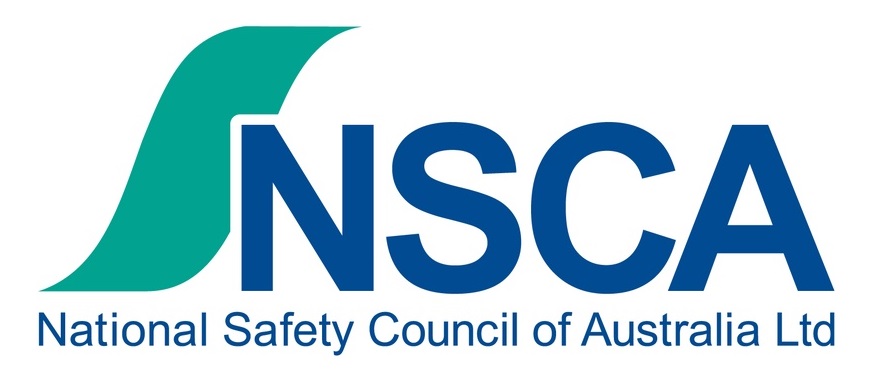Book in your Hazardous Substance Medicals today by contacting our medical reception nationally on 1300 880 804, simply CLICK HERE to get in touch with our team, or fill out the contact form at the bottom of this page, and we will assist you promptly.
Medical Health Surveillance: Occupational Exposures During Aluminium Production
Aluminium production uses hazardous chemicals according to Schedule 14. The inherent occupational hazards accompanying this vital industry necessitate vigilant health surveillance measures.
Workers in aluminium production encounter diverse occupational hazards, predominantly polycyclic aromatic hydrocarbons (PAHs). Notable exposures include PAHs, sulphur dioxide, fluorides, and various metallic contaminants.
In conclusion, diligent medical health surveillance remains paramount in safeguarding the well-being of individuals engaged in aluminium production, necessitating ongoing research and proactive measures to mitigate occupational health risks effectively.






The routes of PAH exposure are via inhalation and skin absorption. Accidental ingestion may be possible, especially when eating or smoking with contaminated hands.
The target organs and potential effects of PAH exposure include:
Target organ | Effect |
Blood | Anaemia |
Respiratory | Lung cancer Irritation Reduced lung function |
Kidney | Cancer Haematuria |
Bladder | Cancer |
Gastrointestinal | Cancer |
Skin | Cancer Photosensitivity Sensitisation |
Eyes | Photosensitivity Irritation |
Health monitoring for PAHs may be required before the worker starts work so that changes to the worker’s health can be detected.
Initial discussions about a health monitoring program should include:
Some PAHs have adverse effects on female reproduction and can be embryotoxic and counselling for females of reproductive capacity should be considered.
The following details about the worker’s medical history should be collected by the registered medical practitioner:
A physical examination should be carried out by the registered medical practitioner if indicated by occupational and medical history.
PAH vapours are a respiratory irritant and inhalation of PAH vapours may result in reduced lung function and it is important to investigate respiratory symptoms as indicated. However, spirometry may not be required at this stage.
There is evidence that some PAH compounds may be skin sensitisers and previous work history with PAH compounds and symptoms of sensitisation should be investigated.
Where workers are exposed, suspected of being exposed or are concerned about exposure to PAHs, the person conducting the business or undertaking (PCBU) has a duty to arrange a health monitoring appointment with the registered medical practitioner. For example, an appointment should be arranged following spills or loss of containment of PAHs resulting in excessive exposure to workers or when workers develop symptoms of PAH exposure.
The assessment of work-related exposure to PAHs is difficult because workers are exposed to a mixture of compounds which can undergo a variety of metabolic reactions. The main toxicological concern regarding PAHs is carcinogenesis. Workers exposed to PAHs are at a greater risk of lung, pleura, bladder and kidney tumours.
Several studies have indicated a correlation of urinary 1-hydroxypyrene (1-HP), a metabolite of pyrene (a chemical prominent in PAH mixtures), levels with urinary 8‑hydroxydeoxyguanosine, a marker of DNA damage. Therefore, 1-HP in urine, is most often used as the biomarker for PAH exposure. The following test may be used to test the worker’s exposure levels:
As 1-HP is primarily excreted in urine as a mixture of glucuronide and sulfate conjugates, hydrolysis of these conjugates should be performed prior to analysis.
Where urinalysis is undertaken, the following exposure standard should be considered when assessing exposure to PAHs:
Biological exposure standard for PAHs Urinary 1-hydroxypyrene: 0.5 µmol/mol creatinine (1 µg/L) |
A final medical examination should be carried out by the registered medical practitioner and should include health advice including the identification of photosensitivity symptoms and skin changes.
Workers with health conditions or continuing symptoms due to PAH exposure should be advised to seek continuing medical examinations as organised by the registered medical practitioner supervising the health monitoring program.
A health monitoring report from the registered medical practitioner should be provided to the PCBU as soon as practicable after the completion of the monitoring program, and at regular intervals for longer term or ongoing health monitoring processes. The report must include:
Occupational exposure in aluminium production presents a complex landscape of potential health hazards, among which polycyclic aromatic hydrocarbons (PAHs) occupy a prominent position. PAHs, a group of organic compounds containing multiple fused aromatic rings, are ubiquitous pollutants generated during incomplete combustion of organic materials. In aluminium production settings, PAH exposure primarily arises from the combustion of carbonaceous materials and the thermal decomposition of organic substances in the vicinity of high-temperature processes.
PAHs pose significant health risks due to their carcinogenic, mutagenic, and teratogenic properties. These compounds have been extensively studied for their adverse effects on human health, particularly in occupational settings where exposure levels may exceed regulatory limits.